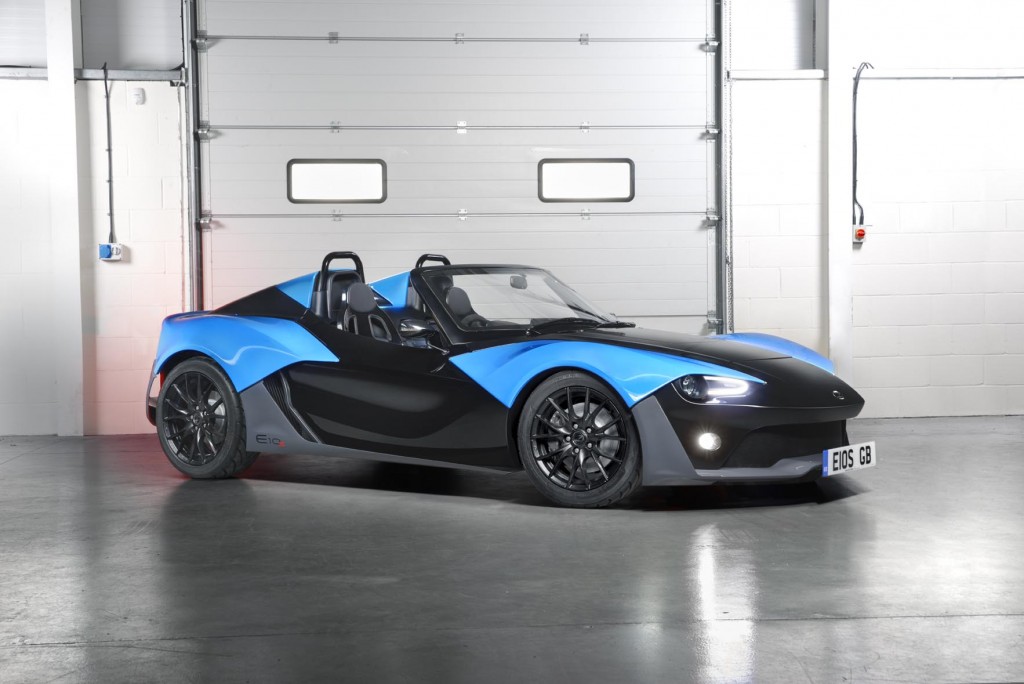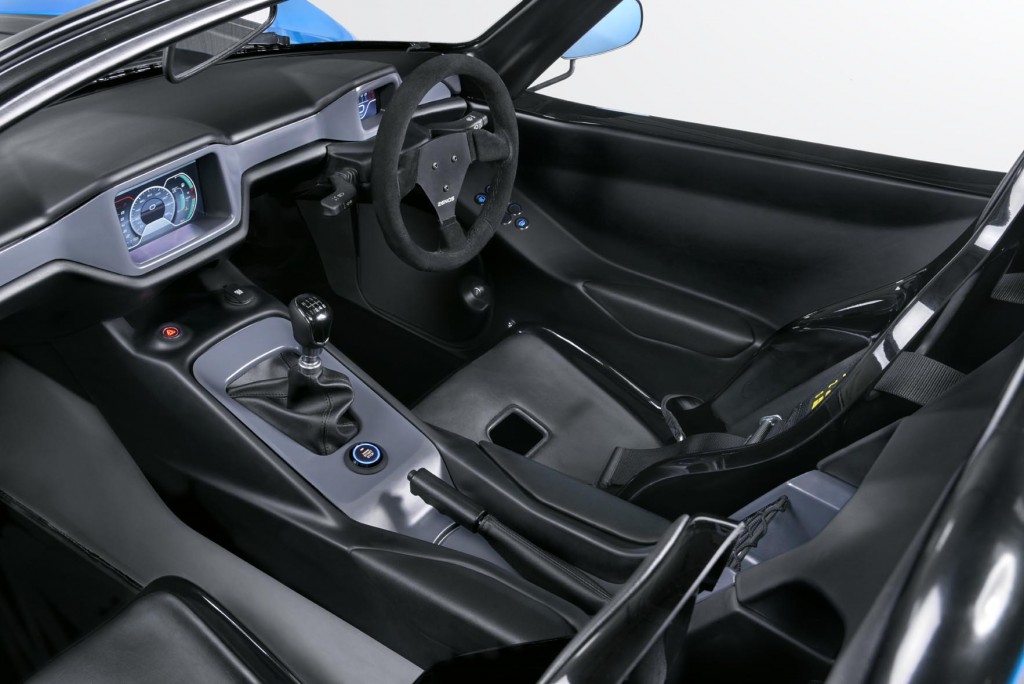Zenos E10 – Light is Right

If you were able to peer inside the mind of a Mazda Miata and catch it daydreaming about what it’d look like if it went on a strict diet and and trained at an MMA gym for a year, you’d see a Zenos E10. Nothing against the Miata, which has already cemented its place in automotive history as the archetypical lightweight, rear-drive sports car, but the E10 competes in a stricter weight class—one where everyone is leaner, and meaner. It’s a cut-throat division where there are no rules. All you have to do is meet the bare minimum requirements of road legality.
It’s a tough segment to eek out a slice of an already small market share. Established names like Caterham, Ariel and Lotus are revered amongst road course enthusiasts worldwide, and for good reason: their vehicles perfected the recipe for motoring nirvana long before Zenos was even an idea.
But if there are two men who know how to build a lightweight track toy, it’s Ansar Ali and Mark Edwards. Both served time as senior execs at Lotus and Caterham, which means they are in all likelihood the most qualified people on the planet to launch a new sports car company. Ali helped grow Caterham Cars to the point where they were able to launch their own F1 team before leaving in 2012, and Edwards played a big part in developing the hypercar humbling Caterham R500 Superlight.

What these two PhD’s of focused motoring enjoyment came up with, at least for their first act, was a two-seat roadster powered by a mid-mounted, 2.0-liter four-cylinder Ford engine called the E10 (Act II in the form of the E11 convertible and Act III as the E12 couple will follow in 2016 and 2018, respectively). A central aluminum “backbone” underpins the vehicle, surrounded by a carbon composite monocoque. Zenos refer to the tub material as a carbon composite because its not all technically carbon fiber; it’s a blend of recycled carbon fiber sheets held together by thermoplastic, meaning its about 70% as strong as “pure” carbon fiber but about a 1/10th of the cost.
And cost savings and damage control are very important to the Zenos ethos, whose founders understand the pain of having to shell out hard earned pay checks for expensive composite parts. The rear sub-frame is removable to allow easier access for repairs and the body and carbon tub are made up of smaller pieces rather than one large “shell” to allow the replacement of single sections.

A press release from Zenos claims the E10’s curb weight is 1430 lbs., but their website lists the weight as 700kg, or 1540 lbs. In either case, not very much mass to manipulate and very much in line with the “light is right” philosophy proposed by CEO of Zenos Cars, Ansar Ali.
Available through Zenos Cars USA—the British manufacturer’s official American distributor—are the 200-hp E10, the more powerful 250-hp E10-S and the not-for-the-faint-of-heart 350-hp E10-R. The E10 rolling chassis (minus drivetrain) starts at $39,500. The E10-S gets upgraded OZ wheels, Avon tires, an intercooler and associated piping and starts at $43,950. Pricing is not listed for the E10-R on the Zenos Cars USA site, it is listed on the Zenos Cars main website for a starting price of £39,995 British pounds, which is roughly $60,000 dollars.
